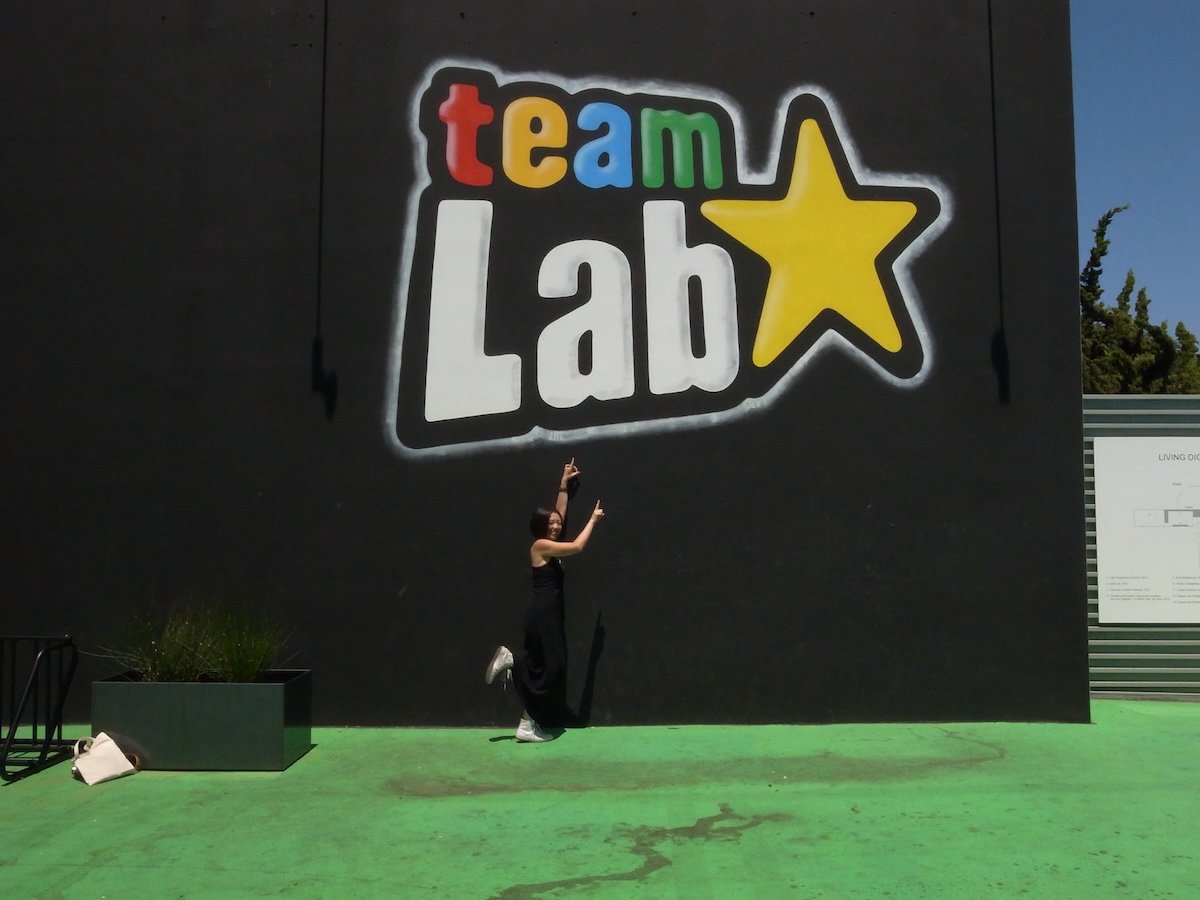After moving to the U.S., there are a few things that sometimes make me a little frustrated — like missing a favorite music festival or not being able to see a Japanese movie in theaters. One of those things was not being able to experience teamLab’s works in person.
So when I heard there was a large teamLab exhibition in Silicon Valley, I hopped in the car and drove up from Los Angeles to see it!
“teamLab: Living Digital Space and Future Park” in Silicon Valley
The solo exhibition started with a run planned from February 6 to July 1, 2016. Day by day word of mouth grew, and by the time I started planning in May, advance tickets were selling out. Ultimately, the show’s run was extended until December 18. Wow — that’s popularity for you.
Two temporary halls were set up specifically for teamLab. One operated as a “Digital Art Space” showing 13 works including new pieces, and the other was an “Interactive Theme Park” featuring seven works under the title “teamLab Island – Learn! Future Park –.”

PACE Galley ♡ temaLab
The U.S. gallery PACE — which created a special “Pace Art + Technology” branch in Silicon Valley — chose teamLab as its opening act. Incidentally, the second artist they selected was the UK collective Random International (the team behind the “Rain Room” that LACMA audiences may know). This alone shows how much teamLab is recognized internationally and trusted by a major gallery like PACE.
teamLab had also previously exhibited at PACE Gallery in New York and was a big hit with New Yorkers — and that success helped lead to the momentum we saw here.
As of 2025, PACE participated in the Superblue Miami facility (opened 2021) and featured teamLab as the first artist for “Every Wall is a Door.”
A design-art collective in demand worldwide — teamLab
Led by Inoko (the group’s public face), teamLab started as a venture formed by graduates from the University of Tokyo and Tokyo Institute of Technology. They call themselves an “ultra-technologists” collective, combining technology and art in their creative work.
I imagine that in the 2000s their main income may have come more from commissioned web and solution development rather than original artworks — back when I worked at a web studio in Japan, we often heard the name “teamLab” as a competitor. It’s incredibly gratifying to see them in such demand from Asia to Europe to the U.S. now. I don’t know what proportion of their current business is digital art, but it must be a complete reversal from the 2000s!
Getting noticed in the U.S., too
One of Inoko’s quotes is, “If something can be explained in words, it’s meaningless — it will eventually fade away,” and a big reason teamLab’s work gained recognition abroad before at home is because the art needs no language to be appreciated.
A defining feature of teamLab’s pieces is that they react to the movement of the people viewing them — the artworks are completed through participation. This participatory, experience-based digital art became a hot topic in the U.S., and major media covered it, including:
Silicon Valley’s Wealthy Finally Buy Art (When Not for Sale)
The Wall Street Journal
The 'cultural desert' of Silicon Valley finally gets its first serious art gallery
A Very Different Kind of Immersive Art Installation
Incidentally, the late Steve Jobs’s wife, Laurene Powell Jobs, is said to be a teamLab fan and purchased a piece. Their 2016 encounter later led to involvement with PACE on the Superblue project in 2021.
teamLab: Living Digital Space and Future Parks
Dates: February 6, 2016 (Sat) – December 18, 2016 (Sun)
Venue: PACE Art + Technology (300 El Camino Real, Menlo Park, CA 94025)

